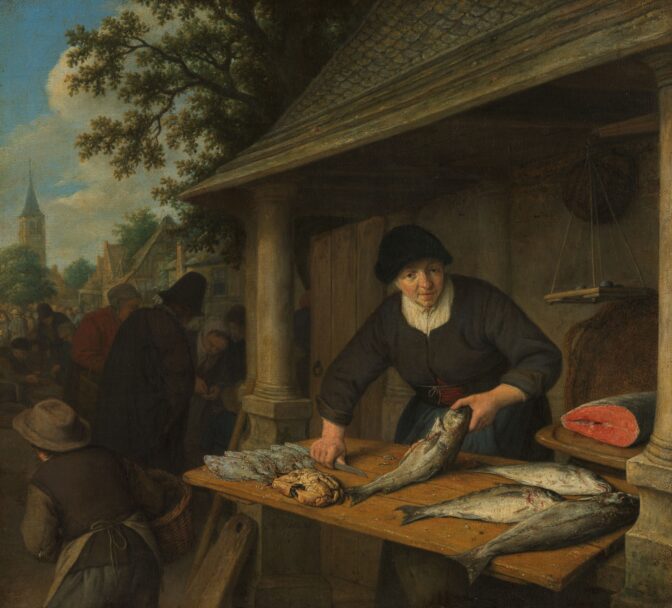Here are some details about the legal status of women in the Netherlands in 1664, as discussed in a book about Romano-Dutch Law.
- Legally, there is not much difference between men and unmarried women.
[This is how the section of the book on rights of women starts, and then goes on to state several differences!] - The minimum age to marry is 14 for men and 12 for women, with parental permission. Without parental permission, the minimum age to marry is 25 for men and 20 for women.
- Being the weaker sex, and having less understanding and judgement than men, women are not allowed to fulfill public offices or hold government positions.
- Women are under the guardianship of their husbands. Unmarried women of age can administer their own affairs.
- In some parts of Gelderland and Overijssel, they hold to the Saxon laws, where unmarried women are under the guardianship and power of legal or chosen guardians, and married women under the guardianship of their husbands.
- In Holland, in ancient times it was the custom that maidens of age, or widows could not represent themselves or sell property unless that was done by their chosen guardians. This is now not the case anymore, though women still mention a chosen guardian in their legal actions, though there is no requirement to do so. But married women are under the guardianship and protection of their husbands.
- An exception is a married woman who acts as a merchant or trader, who is understood to also act on behalf of her husband.
- In Friesland, there is no custom of the community of property, unless the spouses agree to that, so in that location the husband cannot sell or alienate the wife’s property without her permission.1

Woman selling fish, 1672. Credits: Adriaen van Ostade, collection Rijksmuseum (public domain)
Source
- Simon van Leeuwen, Het Rooms-Hollands-Regt (Hackens, 1664), 23-27; digitized at Google Books (https://books.google.nl/books?id=UvlhAAAAcAAJ : accessed 25 January 2021).


Interesting. I had the impression that the Civil Law was more liberal in the treatment of women in the Dutch Colony of what became New York, but that summary has a lot in common with the common law rules.
I think the laws in this book were also what governed New Netherland. I think the major difference with common law is how unmarried women are treated.